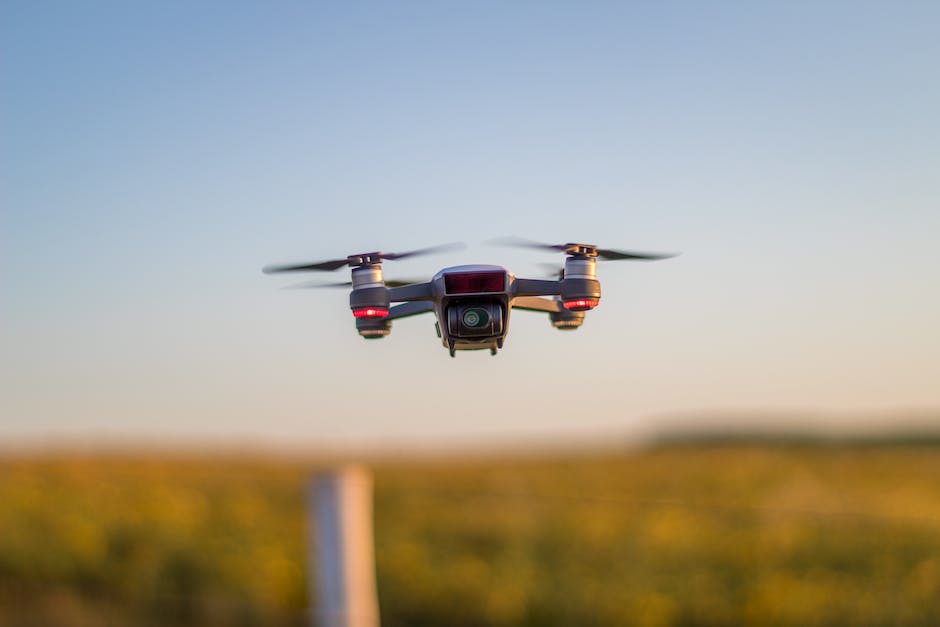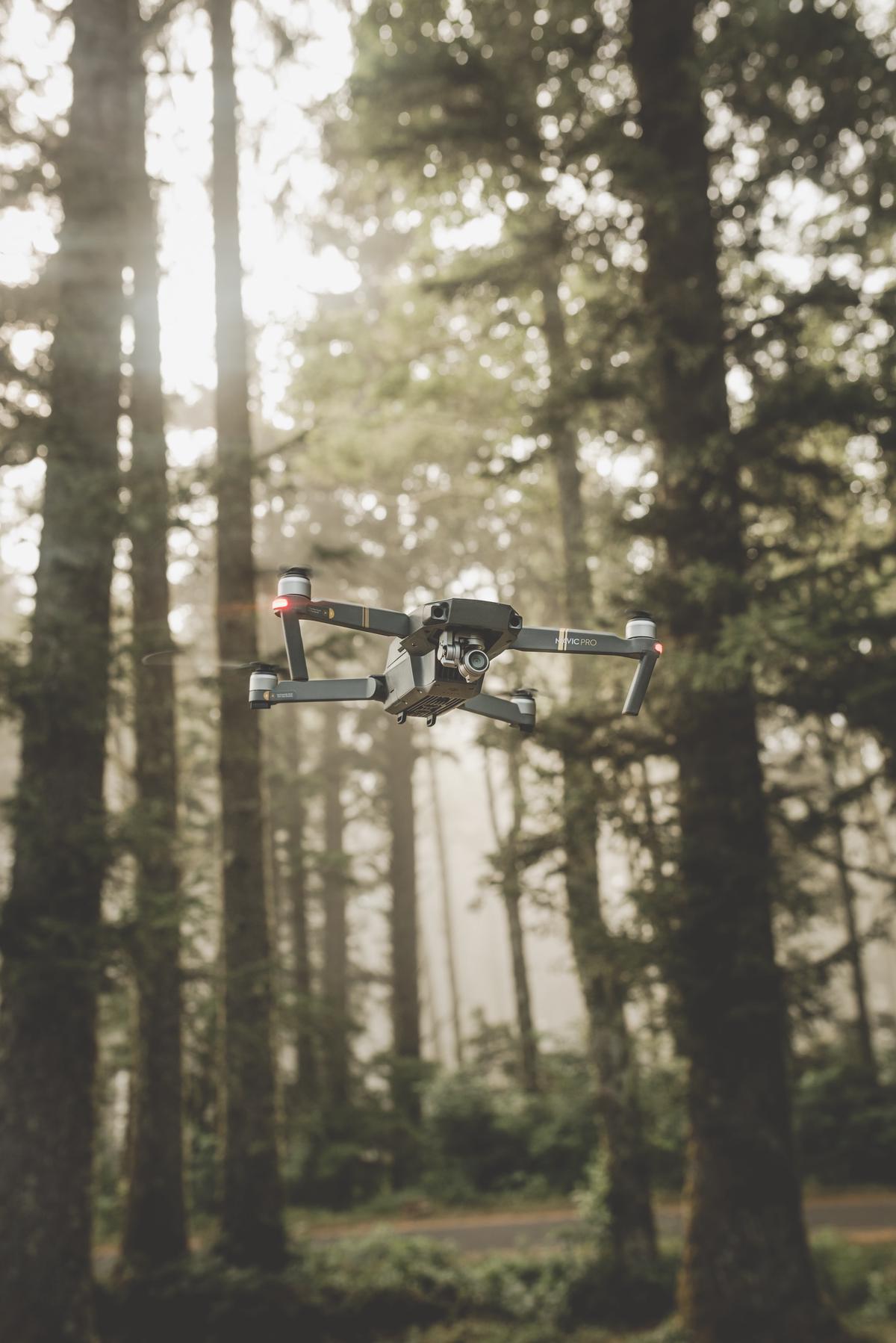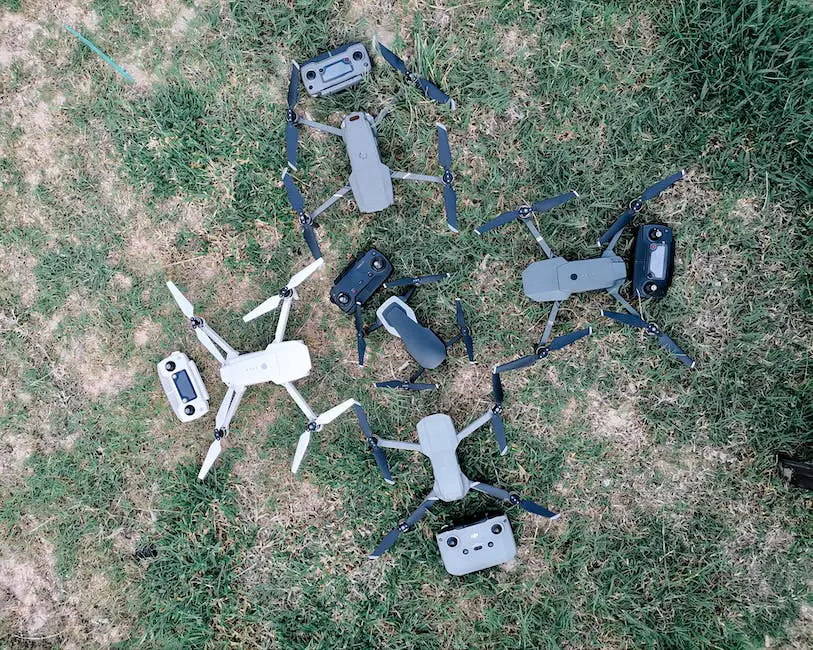Welcome to the fascinating world of custom First Person View (FPV) drone frames. As an enthusiast or hobbyist, understanding the intricacies of FPV drone building provides a deeper appreciation of this innovative technology. This starts with knowing the multifold impact of materials and design choices, which define not only the aesthetics but also the final performance of the drone. Additionally, recognizing the symbiotic relationship between frame size and motor compatibility can set the stage for optimal drone performance. Furthermore, the assembly process is not without its challenges; however, with diligent practice and avoiding common mistakes, you can increase the lifespan of your drone. Lastly, we will debunk the assumption that custom FPV drone frames are a lavishness, by guiding you on effective budgeting and maintenance strategies for a cost-effective experience.
Materials and Design
FPV (First Person View) drones are at the forefront of the RC drone industry, characterized by high speeds, superior maneuverability, and in-flight stability. With the rising popularity of drone racing and aerial photography, there’s a growing trend of tech enthusiasts constructing custom FPV drone frames. But what are the best materials for this intricate task and how do they influence the design?
Carbon Fiber: The Material of Choice
The primary choice for constructing FPV drone frames is undeniably carbon fiber. Carbon fiber composites are leading the pack due to their extraordinary strength-to-weight ratio. Equipped with this material, FPV drones won’t experience the detrimental energy distortion common to metal-made drones caused by bending and twisting. This leads to less energy loss, and therefore more efficient and stable flights.
However, it’s essential to understand that not all carbon fiber is created equal. The carbon fiber composition, layer orientation, and overall design dramatically impact the frame’s strength. Most notably, standard practice involves placing carbon fiber layers in cross patterns to increase strength and resistance against diverse force vectors.
Polymers and Plastics: Cost-effective but Less Durable
For those looking for a cheaper alternative, polymers and certain plastic composites like ABS are viable options. While these materials may not offer the superior strength or lightweight properties of carbon fiber, they provide reasonable durability and resilience at a much lower cost. Though lighter, cheaper, and easier to prototype, their uses in high-speed, high-impact drone races are limited due to their strain susceptibility.
Aluminum: Lightweight Yet Robust
Another popular material in the construct of FPV drone frames is aluminum. Aluminum offers an attractive blend of light weight and robust durability, making it a highly suitable material for high-speed drone operations. However, its use is typically reserved for small parts like standoffs and motor mounts rather than the entire frame, as it’s susceptible to bending and denting during crashes.
Titanium: The Luxury Option
For enthusiasts looking for the pinnacle of FPV drone performance, titanium emerges as the luxury option. Exceptionally durable and lightweight, its use is generally restricted to high-end drone builds due to its prohibitive cost. Titanium parts hold up well against heavy impacts and are less likely to suffer from deformation compared to aluminum parts.
The choice of material directly impacts the drone’s weight, speed, strength, and durability – all critical factors for FPV flight. While carbon fiber remains the gold standard material, polymers provide a cost-effective alternative and metals like aluminum and titanium offer diverse options for specific drone parts. It is critical to consider these factors and make an informed decision when constructing a custom FPV drone frame. Use the right materials and relish in the amplified flight experience of your custom-built drone.

Frame Size and Motor Compatibility
Taking Your Drone to New Heights: The Impact of Frame Size on Motor Compatibility and Performance
In the ever-evolving realm of FPV drones, the subtle interplay between frame design and technology can drastically impact your flight experience. The size of your frame can push the corners of performance, influence motor compatibility, and contribute to the overall dynamics of your drone. Now let’s dive right into how frame dimensions affect a drone’s efficiency, versatility, and overall performance.
To start off, frame size and motor compatibility are tight-lipped companions. The motor, the drone’s heartbeat, drives the propellers and ultimately dictates its flight capability. It is highly determined by the size of the drone frame. In simple terms, the larger the frame, the larger the motor it can accommodate, providing a higher power-to-weight ratio with better durability for long-range flying. However, by doing so, we may sacrifice speed and agility, important for racing or freestyling drone activities.
Smaller drone frames, on the other hand, typically utilize smaller motors that consume less battery power and are ideal for nimble movements and quick acceleration. While they may lack the sustained endurance or cargo capacity that their larger siblings carry, these models lean into the portability factor, which can be a significant consideration for hobbyists or professional drone pilots seeking a compact solution.
Moreover, the size of the frame directly affects the drone’s performance in different flight modes. Large frames could support motors and propellers of higher power, augmenting the drone’s load-carrying capacity and flight duration. This makes them ideal for more professional uses such as cinematography, rescue operations, or long-distance exploration, where steadiness and sturdiness are appreciated.
Contrarily, small frames equipped with less heavyweight motors would be more agile and could quickly change direction. Therefore, these drones are more suited for high-speed races or exhibition flights involving tricks and flicks.
Notably, the type of motor used, whether brushless or brushed, also plays a significant role alongside frame size. Brushless motors have longer lifespans and require less maintenance compared to brushed ones. They offer more efficiency, albeit at a higher cost, and are generally favored for larger drone frames.
Finally, considering the constant technological advancements in the drone world, such as integrated motor designs or lightweight composite materials, the lines might blur between performance and size. While smaller, they might pack a punch in terms of power and efficiency, which was once exclusively the domain of larger counterparts.
Like a carefully choreographed balance, drone performance is the result of many moving parts working harmoniously. The frame size stands as one of the variables in the equation: integral, impactful, but not stand-alone. Matching the right frame size, motor, and use case scenario is the key to unlock the full potential of drone technology. The sky is not the limit with drones; it’s just the beginning. Enjoy the flight!

Assembly and Durability
As you move further into the assembly of your custom FPV drone, no doubt you're deep in the details, calculating the best frame size and motor compatibility. You're choosing your materials, analyzing the relationships between aluminum, carbon fiber, polymers, and titanium. It's a universe of options where every decision drastically impacts the performance of your drone. But, hey, you're a tech enthusiast, a problem-solver. You'll turn this complex process into an intriguing challenge.
One critical aspect often overlooked during assembly is the connection method employed to construct the frame. Here's where both welding and screw assembly come into play. Welding can offer strength and simplicity, making it an attractive option for aluminum or titanium frames. Yet, one must consider the fact that heat can compromise the mechanical properties of these materials. Alternatively, screw assembly works well with polymer or carbon fiber frames, contributing to easier repair and modification. However, this comes at the cost of increased weight and potentially decreased strength.
How about a powerful word: Interchangeability. Consider designing for it. The more replaceable parts in your drone, the better for your drone’s longevity. You might break propellers during a weighty crash (ouch), but if they’re quickly and easily replaceable, you’re back in the game in no time. Think quick-release propellers, detachable cameras, and readily available and substitutable motors.
Don't forget the importance of the drone's center of gravity (COG). Aligning the majority of the weight around the COG contributes to stability during flight. To achieve this, arrange the major components, like battery and motors, symmetrically around the COG. Balance, young drone builder, is everything.
Regular maintenance should not be an afterthought but a core philosophy. Just because you've done an excellent, high-precision job with the build doesn't mean your drone is immune to wear and tear. Inspection and routine upkeep can potentially ward off many issues before they turn into critical failures, so keep those tools and spare parts handy!
The much-vaunted advent of 3D printing also opens up vast possibilities. Whether you’re tinkering with the outer designs or crafting intricate, lightweight parts, 3D printing extends immense creative freedom and potential for flexibility in troubleshooting.
In fine, a mix of clever, tech-savvy decision-making, committed maintenance habits, and a little futuristic thinking (3D printed drone parts, anyone?) will keep your custom FPV drone whizzing about and hitting those high speeds for longer than you might think possible. You're not just building a machine here; you're crafting an experience. Every choice matters. Carefully weighed, and practically applied, you're one step closer to achieving that perfectly optimized flight performance. Fly high, dear assembler, for the sky is not the limit.

Photo by claybanks on Unsplash
Cost-effectiveness and Maintenance
There’s a rush when piloting an FPV drone through an obstacle course at high speeds, defying gravity and uncertainty for the thrill of control.
Yet the real challenge and joy for tech enthusiasts often lie in the pre-flight phase: the crafting, tweaking, and optimizing of the drone frame.
With the foundation lain in materials and their effect on performance along with a keen understanding of frame size and motor compatibility, let’s drill deeper into facets untouched.
This includes choices about assembly techniques, importance of replaceable parts, and a balancing act with the center of gravity.
For assembly, welding and screw assembly emerge as the popular choices.
While welding offers robustness but this comes with a catch: a welded frame would be harder to repair in case of crashes or failures.
On the other hand, a screw-assembled frame allows easier disassembling for repairs and upgrades.
Clearly, the decision between durability and ease of repair rests on how comfortable pilots are about risk and repair efforts.
Another crucial factor to consider is the replaceable parts factor.
Regardless of how meticulously a drone is constructed, it will need fixes or upgrades over time.
Prioritizing adaptability can save money in the long run.
Aspects like modular designs and strategically chosen connection points can facilitate such adaptability, ensuring the drone can weather wear and tear and keep up with technological advancements.
The center of gravity asserts significant influence on in-flight stability, a key determiner of drone performance.
Properly positioning the major components like the motor, camera, and battery can vastly help maintaining the center of gravity, leading to improved flight stability and battery efficiency.
Robot simulations, available via many software packages, could provide invaluable insight for component placement and stability analysis.
As technologies evolve, practical applications of innovations like 3D printing emerge.
Aside from potentially lowering manufacturing costs, 3D printing paves the way for rapid prototyping and problem-solving.
In the face of crashes or failures, printing replacement parts right at home offers a quick and efficient yet unprecedented solution.
To wrap up, constructing a cost-effective and maintainable drone frame requires a critical eye on many factors.
From assembly techniques to the center of gravity, and from replaceable parts to the embracing of cutting-edge technologies, there’s a balance to be struck here—a calculated trade-off between performance, cost, and longevity.
Indeed, the drone design journey, steeped in practical decisions and ingenious engineering, is as thrilling, if not more so, as the flight itself.
The drone of the future is any enthusiast’s hard-earned achievement, etched in their tool marks and soldered joints, and soaring above, a testament to tech’s creative potential.

Having journeyed into the world of custom FPV drone frames, it is evident that multiple facets need to be considered to master this art. From material and design selection, frame size and motor compatibility analysis, careful assembly to effective budget planning and regular maintenance, every aspect plays a pivotal role in the final outcome. Moreover, knowledge of these topics also opens doorways to impel advancements in this domain. So, let us apply these learnings, shape the future of drone technology, and continue exploring the exciting possibilities offered by custom FPV drone frames.
Originally posted 2024-01-15 01:08:40.




